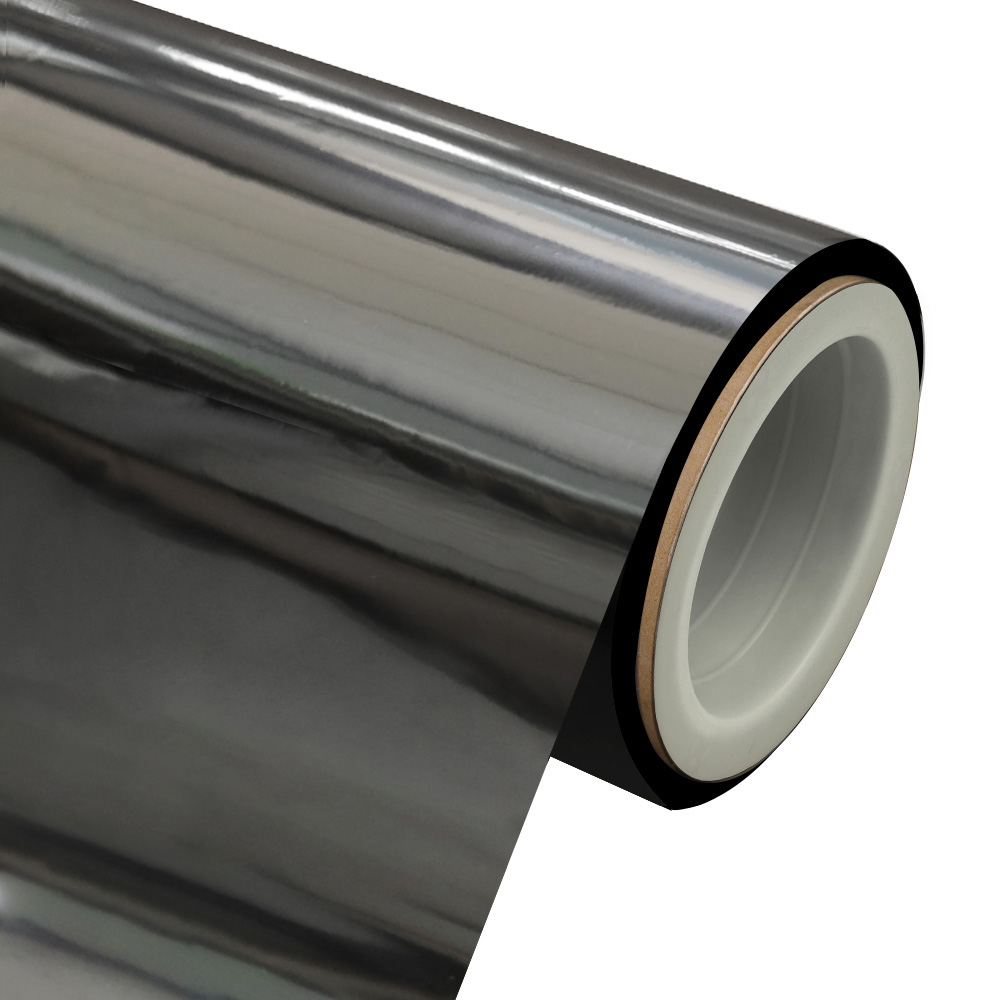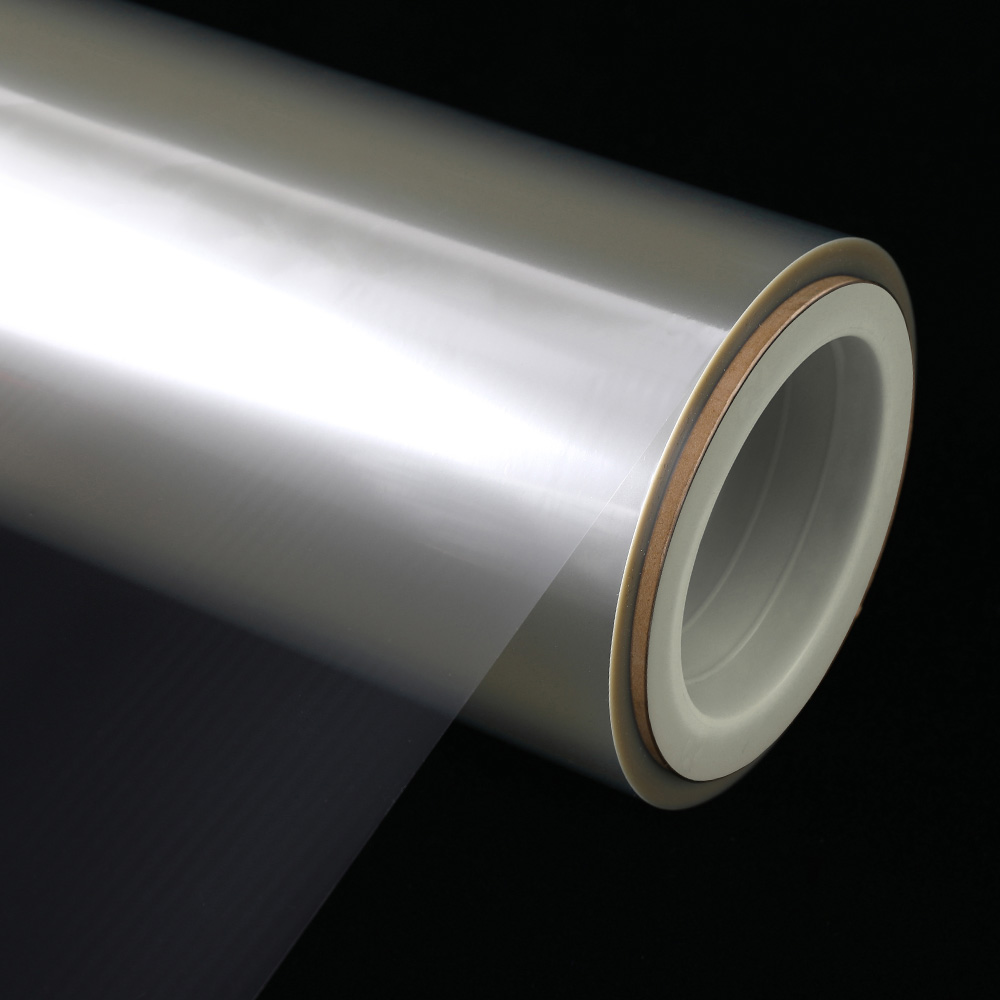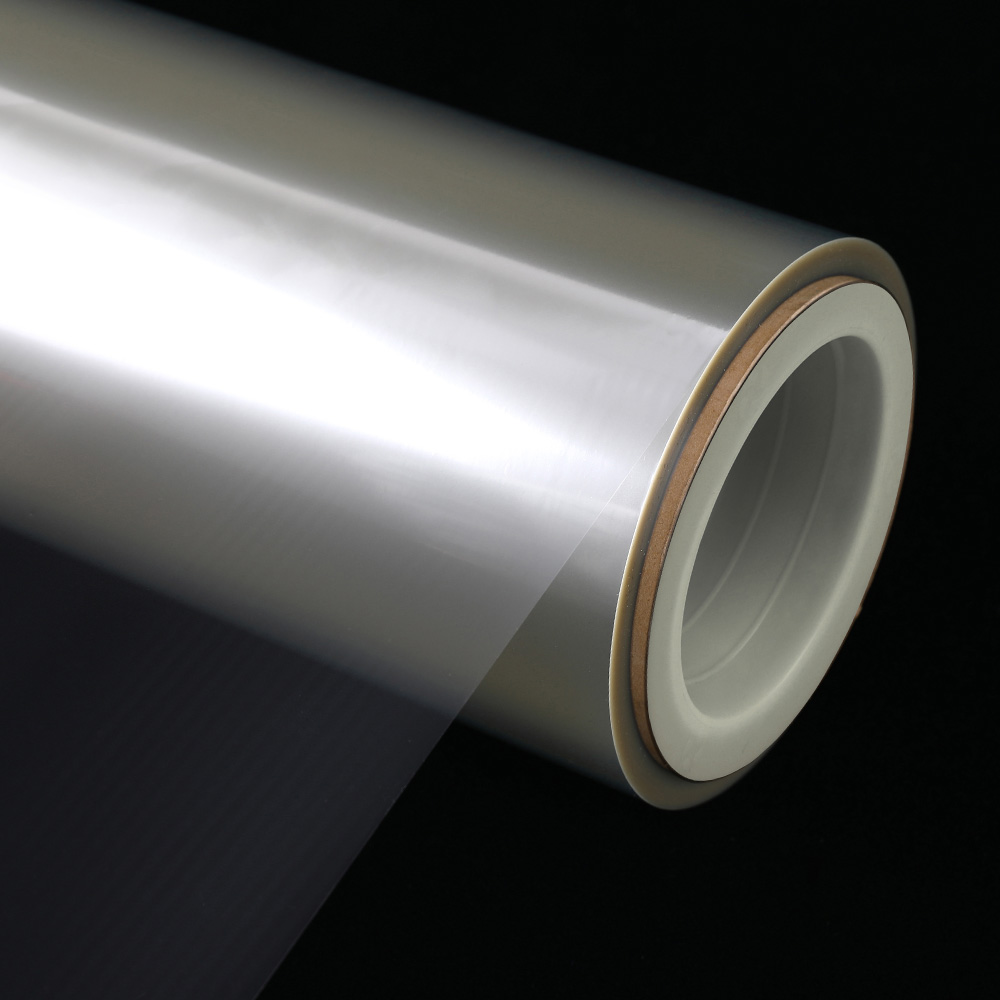What are the storage and handling recommendations for metallized BOPP film?
Metallized BOPP film is a versatile material widely used in flexible packaging due to its excellent barrier properties, aesthetic appeal, and cost-effectiveness. However, improper storage and handling can compromise its performance, leading to defects such as reduced barrier efficiency, delamination, or printability issues.
1. Optimal storage conditions for metallized BOPP film
1.1 Temperature and humidity control
Metallized BOPP film should be stored in a controlled environment with a stable temperature between 15°C and 25°C (59°F–77°F). Extreme temperatures can cause dimensional instability, curling, or brittleness. High humidity (above 60% RH) may lead to moisture absorption, affecting the film’s barrier properties and adhesion in laminated structures.
1.2 Protection from direct sunlight and UV exposure
Prolonged exposure to UV light can degrade the polymer, leading to yellowing or loss of mechanical strength. Storage areas should be shaded, and films should be kept in opaque packaging when not in use.
1.3 Ventilation and air quality
Storage facilities should be well-ventilated to prevent condensation and the buildup of volatile organic compounds (VOCs), which could interact with the film’s surface.
2. Proper handling practices
2.1 Unloading and transportation
- Avoid mechanical stress: Dropping or mishandling rolls can cause edge damage or core deformation.
- Use appropriate lifting equipment: Forklifts with soft clamps or roll-handling attachments should be used to prevent crushing.
- Secure during transit: Rolls should be strapped vertically to prevent rolling and shifting.
2.2 Roll storage orientation
- Vertical storage (on end) is preferred for large rolls to prevent flattening and deformation.
- Smaller rolls may be stored horizontally, but stacking should be limited to three layers to avoid excessive pressure.
2.3 Avoiding contamination
- Dust, oils, and other contaminants can affect printability and lamination.
- Workers should wear clean gloves when handling rolls to prevent fingerprints and residue transfer.
3. Shelf life and inventory management
3.1 Recommended shelf life
Under optimal conditions, metallized BOPP film typically has a shelf life of 12–18 months. Beyond this period, the film may experience:
- Reduced barrier performance (oxygen and moisture resistance).
- Decreased adhesion strength in laminated structures.
3.2 First-in, first-out (FIFO) principle
To minimize aging effects, manufacturers and converters should follow a FIFO system, ensuring older stock is used first.
4. Common defects due to poor storage and handling
| Defect | Cause | Preventive Measure |
|---|---|---|
| Moisture absorption | High humidity storage | Store in climate-controlled areas |
| Roll telescoping | Improper handling or stacking | Store vertically, limit horizontal stacking |
| Oxidation of metal layer | Exposure to air/moisture | Keep sealed in original packaging |
| Scratches & abrasions | Rough handling | Use protective films during transport |
5. Special considerations for different applications
5.1 Metallized BOPP film for food packaging
- Must comply with food safety regulations (e.g., FDA, EU standards).
- Avoid storage near strong odors that could migrate into the film.
5.2 Heat-sealable metallized BOPP
- Excessive heat exposure can prematurely activate sealant layers, reducing performance.
5.3 Printable BOPP film
- Surface treatment (e.g., corona treatment) may degrade over time; use within 6 months for best print results.
6. Best practices for converters and end-users
- Inspect rolls upon arrival for damage or moisture exposure.
- Condition film before use (allow 24 hours to acclimate to production environment).
- Avoid rewinding too tightly, which can cause blocking (layers sticking together).
Proper storage and handling of metallized BOPP film are critical to maintaining its functional and aesthetic properties. By controlling environmental conditions, minimizing mechanical stress, and following best practices in inventory management, manufacturers and converters can ensure consistent quality in applications such as food packaging, lamination, and flexible pouches. Adhering to these guidelines helps prevent defects, extends shelf life, and maximizes the film’s performance in end-use applications.


 English
English  中文简体
中文简体 





